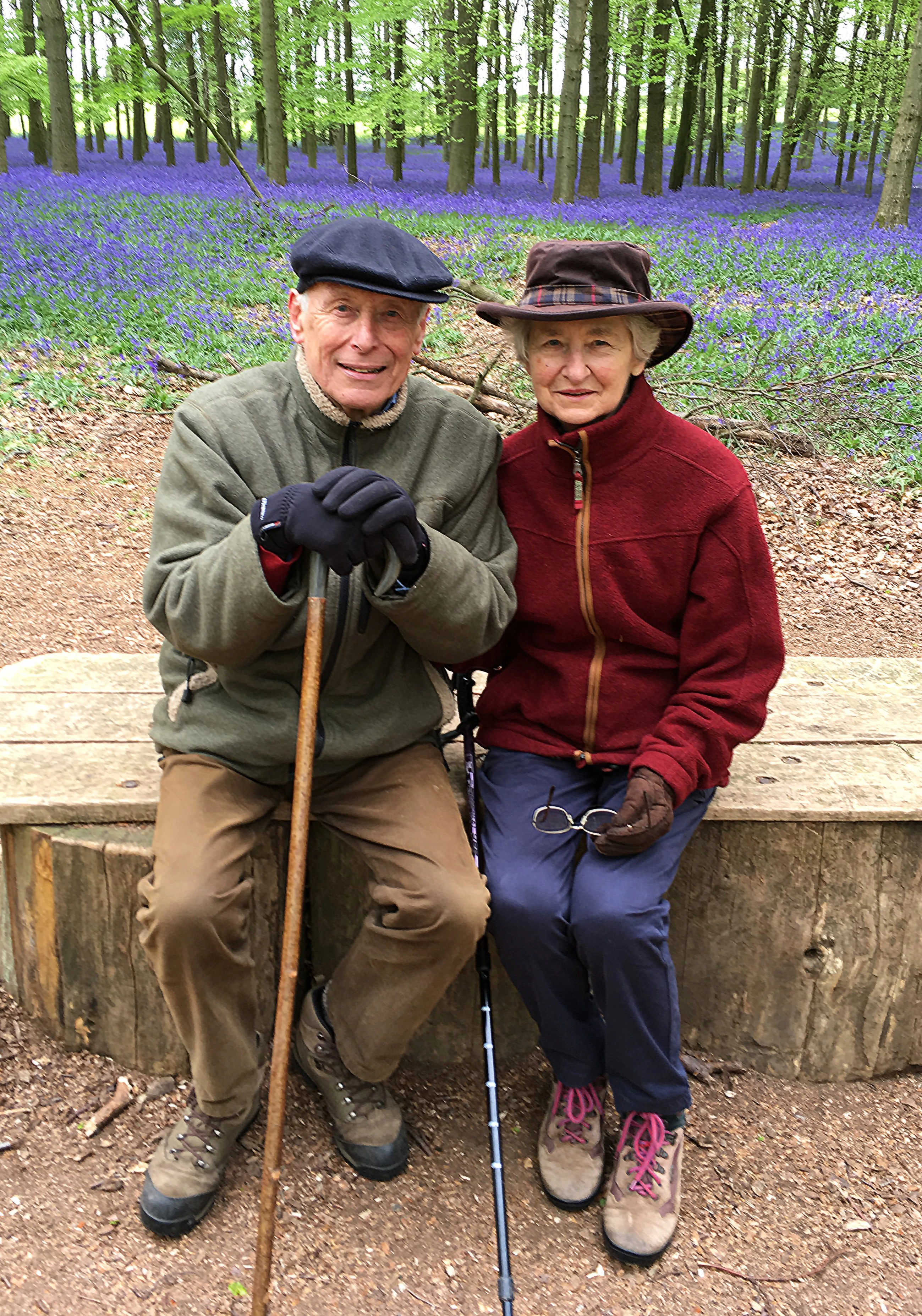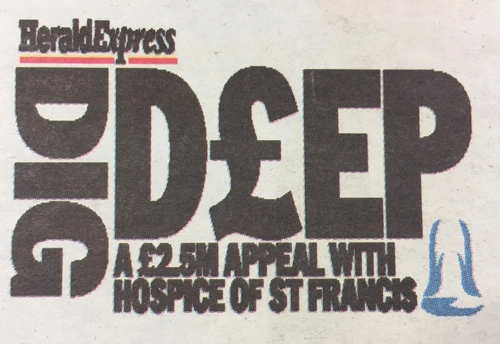
After a 35-year career at Barclays Bank, where he rose from cashier in the Kensington High Street branch (once cashing a cheque for film star Carey Grant...) to Vice Chairman of the Board, Humphrey Norrington’s experience and skills in finance were just what was needed to chair the Capital Appeal to raise the £2.5m needed to complete the construction of our new home at Spring Garden Lane.
He also knew ‘a bit’ about fundraising and the charitable sector, having been involved in raising funds for Southwark Cathedral, and since retiring from Barclays in 1993, being treasurer of the Royal Society for the Protection of Birds (RSPB), the Royal College of Music (RCM) and World Vision International for 10 years.
Here the father-of-four and grandfather of eight, now 83, shares his recollections of a task he began in 2003...
“There was a certain amount of trepidation and nervousness when they asked me to raise £2.5 million,” Humphrey recalls. “The whole project was going to cost £6m but we had about £3.5m in reserves, which included the proceeds of the sale of Shrublands, which was an incredible £1.8m, because it was sold with planning permission to redevelop.
Even so, I remember wondering how long it would take and, should we be rushing to the bank and getting a loan, because clearly we needed to raise enough in time for when we needed to start spending it.
We had four main groups of donors to approach – wealthy individuals, charitable trusts and foundations, corporates and the community and, it was my job to get the affluent and the corporates to part with their cash.
I think I persuaded the Hospice that we would raise it quite quickly because of the sort of people living around here and the quality of the product we were busy selling. Luckily we didn’t have to borrow a bean from the bank.
There were six or seven of us on the Capital Appeal project team and, between the Hospice’s contacts and, many of my late wife Frances’ connections (Frances had been a home box collector for many years near our home in Potten End), we had lots of people we would trot off to see.
I persuaded people - including several retired city execs - to part with their shares under an entirely legal scheme whereby they’d give their shares away and get 40% of their value in gift aid benefit.
We probably had 10 to 15 donations like that involving tens of thousands of pounds and, it was a good deal for everyone all round. These shares would otherwise just be sitting there, paying minimal dividends, when they could be put to good use to help charities raise lots of money.
Others gave £5,000 a year for five years and we had lots of smaller donations too. These were very important because, if we did it right, they would then become annual and, I knew that once the new Hospice was open, we would need £4m every year to run the place. Quite a lot of people said ‘I can give you £100’ and we would say ‘Can we call it £100 every year?’
The real trick wasn’t to say ‘I hope you will give generously’ but ‘Do you think you can give £10,000?’ That way, if they were thinking of giving you £300, they couldn’t come back with £400. People also left money in their wills.

The local paper, The Gazette and its sister paper The Herald Express, threw their weight behind our Dig D££P Campaign in October 2005, which helped enormously.
Within a month we’d raised over £100,000 with readers sending in their coupons with donations ranging from one-off gifts of £5 to £10k and repeat gifts by Gift Aid and standing order ranging from £2 to £40 a month.
By May 2006, we’d raised £250k through the papers but the donations had started to slow down a bit so they got behind us again with the ‘Big Brick Buy’ Campaign, selling bricks for a fiver with the hope of raising £300k.
Those newspapers were worth their weight in gold. Every week they ran an article on what was going on, or the latest mad idea from us, from individuals, from groups, organisations, businesses - to keep the money coming in. They were fantastic and that support was key - worth hundreds of thousands of pounds on its own just to keep the fundraising and the Hospice in the front of people’s minds.
One of the team would go and see the next prospect and just show them the newspaper. ‘Have you seen this?’ you’d say. It was always a great opening salvo, and so the money came pouring in - it was very exciting.
If you’re going to be selling something, it’s a great help when that something is much-loved and everybody almost feels personally involved. That’s what the Hospice was - and still is.
I thought the RSPB was a pretty good charity to raise funds for, helped by the Brits’ love of animals, but the Hospice was well up on that!
Of course as soon as we had planning permission we had a huge head of steam and a proper story to tell. It really wasn’t hard work and it was much easier to raise money when everyone is within a 5-mile radius.
I’ll never forget the opening ceremony of the new Hospice in 2007 – it was phenomenal. To feel you’ve been involved in something as important as that, to see what it looked like, to take people up there and to see their eyes really open. It was very special.
I feel so proud to be involved with the Hospice - it’s the most important thing going on in this town, but it’s very much worth remembering that while it looks terrific and is obviously a successful, well run organisation, making a huge positive difference to so many people’s lives and deaths, it still needs a lot of money every single year to keep that wonderful care going.”
Humphrey is still a great supporter of the Hospice and was appointed an Association Member in February 2003, a position he still holds today.






Share Article